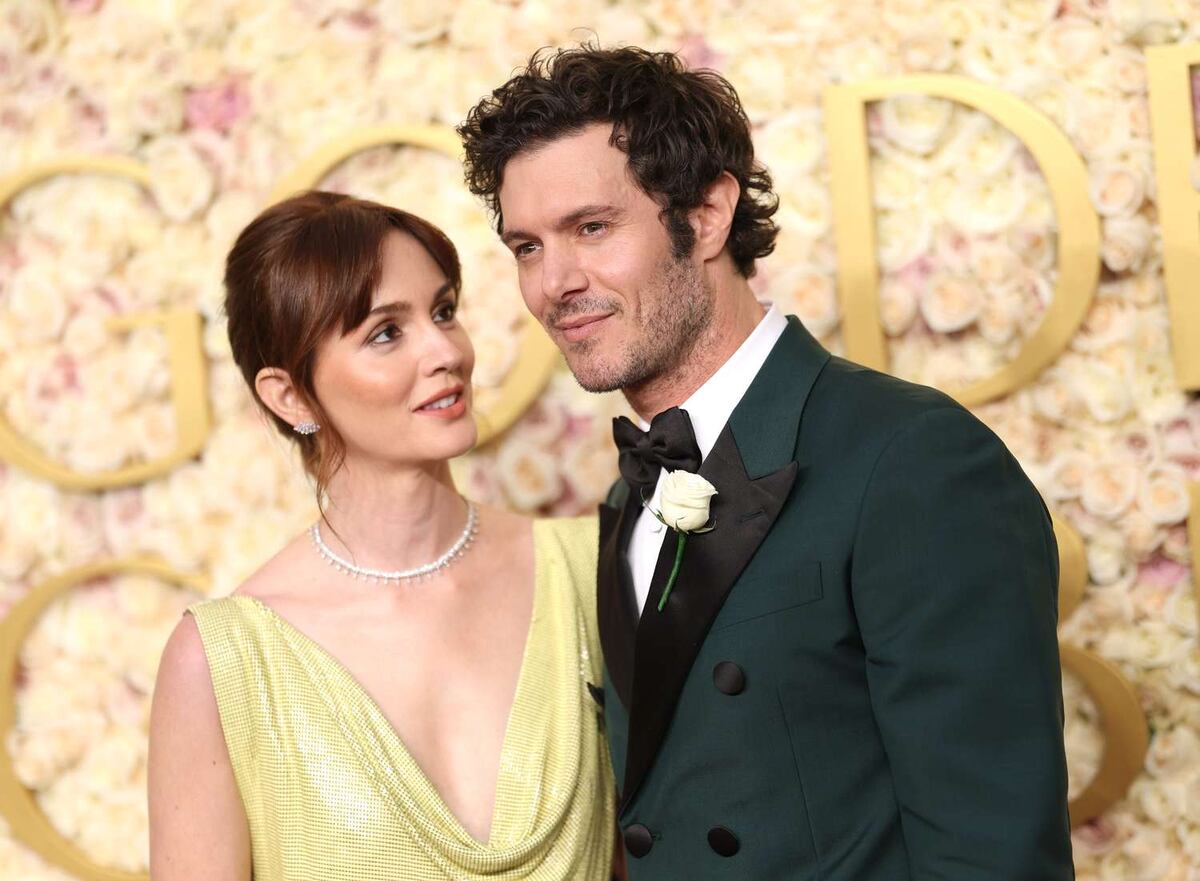Saudi Arabia and Global Partners Propel Clean Ammonia Projects
Countries are uniting to leverage blue and green ammonia technologies to drive the global energy transition. This collaboration is addressing key climate goals and providing sustainable solutions.
Published September 14, 2024 - 00:09am

Image recovered from arabnews.com
As the demand for cleaner energy sources grows, nations around the world are engaging in significant collaborations to advance blue and green ammonia projects. Saudi Arabia is at the forefront of this transition, positioning itself as a leader in blue ammonia production, which plays a critical role in the global effort to combat carbon emissions and climate change.
Saudi Arabia's shift to blue ammonia, or NH3, highlights its commitment to reducing reliance on fossil fuels and expanding its renewable energy capacity under its Vision 2030 reform agenda. The Kingdom aims to generate 50% of its energy needs from renewable and alternative sources by 2030, with a considerable focus on hydrogen and blue ammonia. Blue ammonia production captures up to 90% of the carbon dioxide emissions generated during its manufacture, making it a valuable alternative in sectors that are challenging to decarbonize, such as shipping, aviation, and heavy manufacturing.
Simultaneously, Ohmium, a leader in green hydrogen technology, has announced a strategic partnership with Ten08 Energy for a pioneering 500MW clean ammonia project in Texas. This initiative plans to generate 1.4 million metric tons of clean ammonia annually, employing both blue ammonia from natural gas and carbon capture and green ammonia from renewable energy. The project will be one of the largest of its kind, providing a sustainable and cost-effective solution to meet the increasing global demand for cleaner energy sources.
In another landmark development, Japanese trading house Mitsubishi has reached an agreement with ExxonMobil to invest in and offtake low-carbon ammonia from a proposed hydrogen facility in Texas. Expected to produce one billion cubic feet of hydrogen per day with 98% of CO₂ removed, ExxonMobil's facility will generate over one million tonnes of low-carbon ammonia annually by 2029. Mitsubishi plans to utilize this ammonia for power generation, process heating, and other industrial activities, marking a significant step towards Japan's decarbonization goals.
Australia is making substantial strides as well. Allied Green Ammonia Pty Ltd is seeking to raise USD 6.5 billion for developing a vast green hydrogen and ammonia facility in the Northern Territory. This facility will produce 960,000 tonnes of green ammonia annually, utilizing extensive solar electricity. The project has secured key partnerships and completed pre-front-end engineering design and feasibility studies with positive outcomes.
These global efforts are not without their challenges. The high cost of production and technological adaptations required make blue and green ammonia commercially viable. However, as economies of scale are achieved and technological advancements continue, the costs associated with these clean energy alternatives are expected to decrease.
Furthermore, Saudi Arabia's investment in clean energy is seen in its development of NEOM, a smart city set to host the world's largest green ammonia plant by 2025. This move underscores the Kingdom's commitment to being a global leader in blue and green ammonia production and export, significantly contributing to the global hydrogen economy.
Both business and governmental entities are increasingly collaborating to establish robust regulatory frameworks and encourage private sector participation. These frameworks are essential for promoting clean energy and achieving sustainability goals, aligning domestic objectives with global climate efforts.
As blue and green ammonia production scales up worldwide, these concerted efforts demonstrate a significant shift towards cleaner energy solutions. The collaboration between Saudi Arabia, the United States, Japan, and Australia exemplifies a comprehensive approach, addressing the urgent need for sustainable energy while ensuring economic viability and global cooperation.








